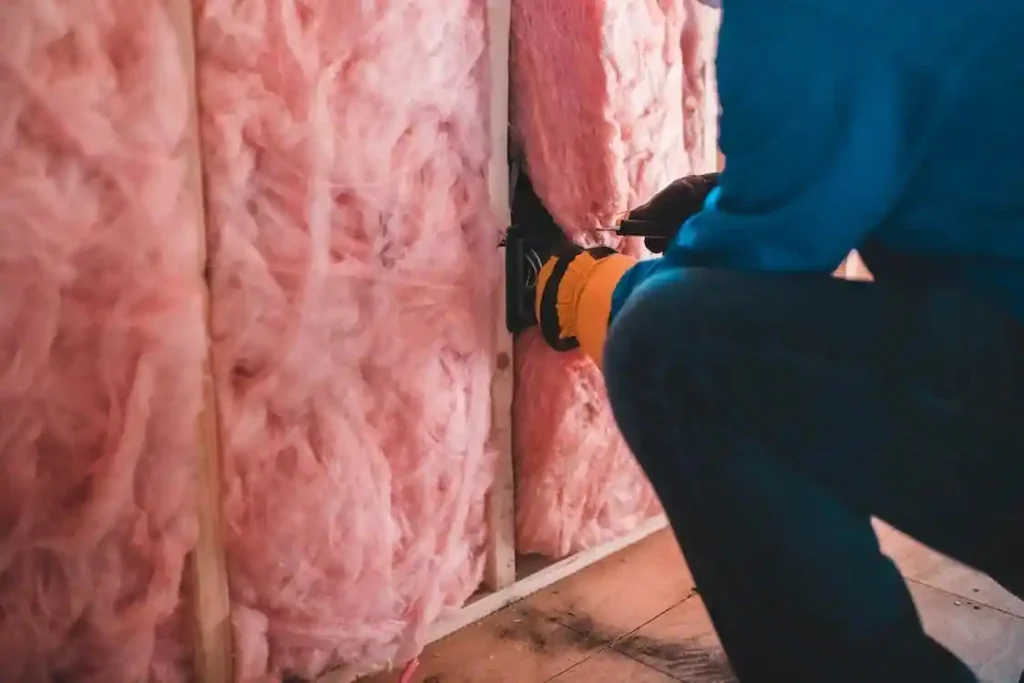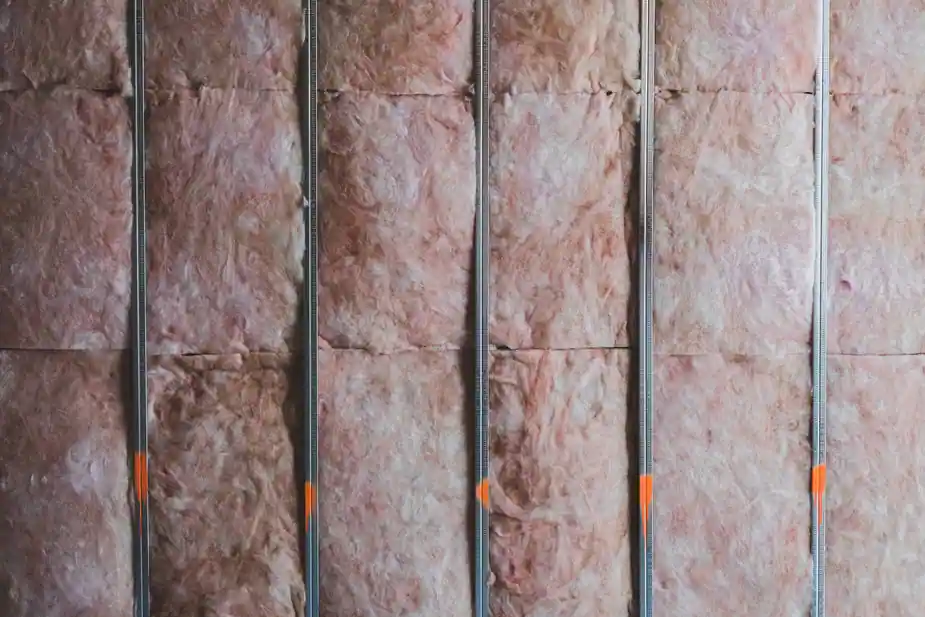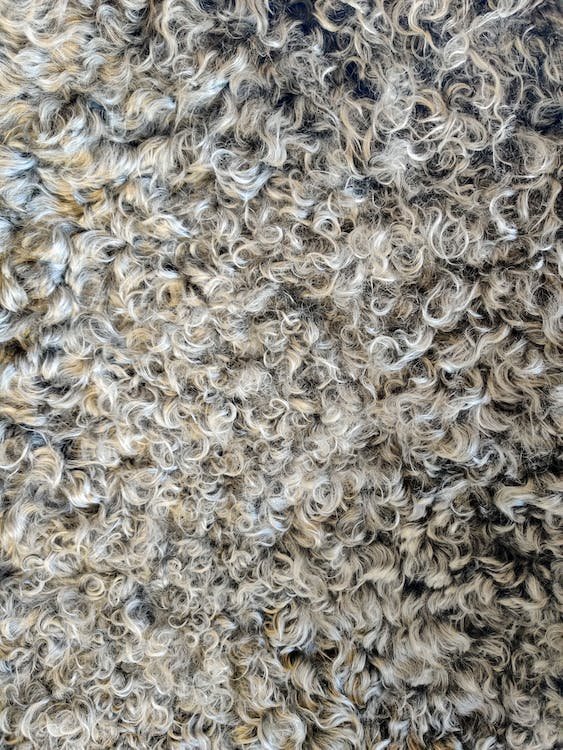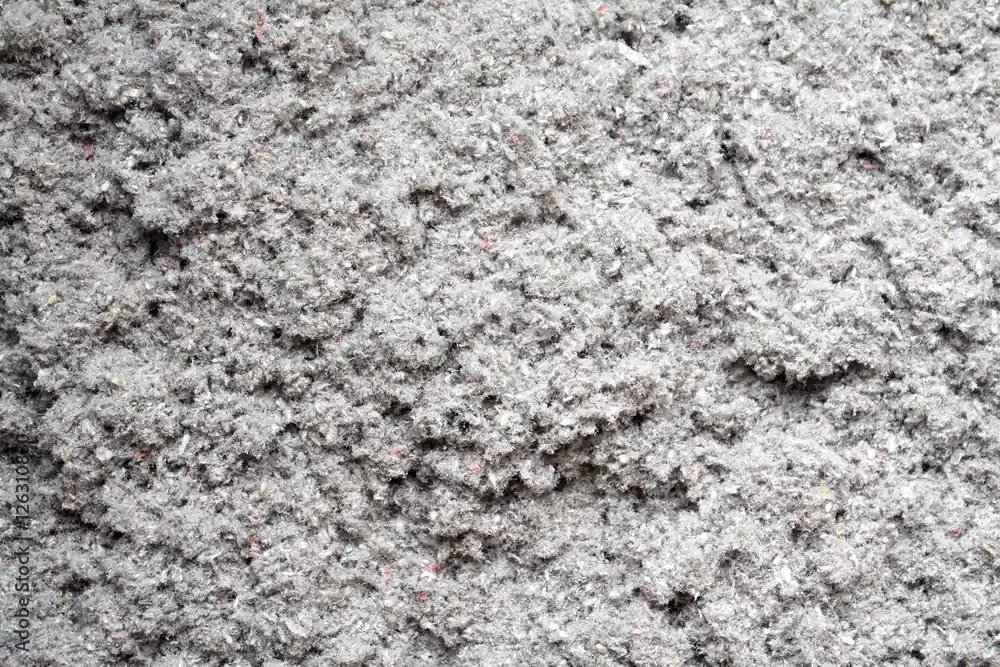Sustainable wall insulation in our home or to our wall is very important and useful. It can able to protect and save energy, which should go from our home for heating a home in winter and cooling in summer. As well as insulation on the wall can stop to go noise or sound from one room into another room.
Sustainable wall insulation protects our house from heat, cold, and noise or sound also. Insulation in the home and wall can play a very effective role to provide us with a very comfortable life. So, with this article, we came up with information on a very important topic Sustainable Wall Insulation, how it works, and is helpful for us and our home. Let’s start with an important topic.
Sustainable wall insulation works same as the human nature. As when we felt very cold, then we wear or add an extra cloth to protect ourselves from the cold and keep ourselves warm in the same manner, insulation on walls and at home is protected us from the heat and cold as well as the noise also. So, firstly we must understand the Importance of Wall Insulation, and why we need to insulate the wall.
Importance of the Insulation
Insulation to the wall is very important as well as a useful thing because it stops the flow of heat into the home and out of the home. The insulation to walls acts or works like a barrier to heat flow. Insulation keeps your home warm during the winter season and keeps cold during the summer season. We can say that mostly insulation is used in buildings and in-home manufacturing processes for preventing heat loss or heat gain as well as reducing condensation. In that manner, we understand the importance of Insulation in walls and homes.
The selection of insulation materials and types is also essential. It is also necessary, the selected insulation material and types must be good and harmless to our health, environment, and planet. As we know the main aim of insulation is to protect us from various outside things like- a very hot or very cool temperature, harsh wind or weather, heavy rain, humidity, the sound these all elements can feel us uncomfortable. So, to protect us from all these, we should insulate our homes only with sustainable insulation. Now we try to provide you with more information about sustainable insulation.

Sustainable Insulation
Sustainable insulation is also known as eco-friendly insulation like green home insulation. Sustainable insulation can able to provide us a long-term comfort with the good thermal performance it can able to provide us long-term comfort with good thermal performance, it should reduce harsh noise and sound and provide us too good indoor air quality. Sustainable insulation material made up of recycled material will not be harmful to us as well as our environment. Sustainable insulation provides us more energy-efficient environment.
As we all know, a variety of insulation is available in the market. So in this section, we share types of insulation.
Types of Insulation and types of insulation material
As we all know the importance of insulation everyone tries to insulate their home with suitable and good material insulation. There are so many types of insulation we can use according to the area, climate, and construction of the house. The following are the best and most commonly well-known types of insulation.
Loose-Fill and Blown-In Insulation-
This insulation is made up by the material cellulose, fiberglass, and mineral wool (rock wool/ slag wool), and all these materials are made up of waste recycled materials. Cellulose is made by using recycled paper and fiberglass have contain recycled glass and mineral wool is made by using recycled material of waste industrial material.
This Loose-Fill and Blown-In insulation can be insulated to enclosed spaces like walls or it can be protected to unenclosed spaces like attics. It is used for insulating the attic, rafter space as well as wall cavities. Loose-Fill and Blown-In Insulation need to insulate by a skilled insulation installer for achieving the better performance of insulation.
Batt and Blanket Roll Insulation-
This batt and roll insulation is made up of materials like fiberglass, mineral wool, rock wool, plastic fibers, and natural fibers. This insulation is available in batts and roll form. This insulation is made from fiberglass and any other flexible fibers. Also, you can find this insulation made from mineral wool as well as plastic fibers and natural fibers like cotton or sheep’s wool.
By using this insulation type you can insulate unfinished walls along with the foundation walls and floors and ceilings along with cavities. The advantage of that insulation is you can insulate the home by yourself using batt and blanket roll and another advantage this insulation is inexpensive.
Reflective Insulation-
Reflective insulation is mostly worked as a resistant conductive of heat flow. Reflective insulation work like a radiant barrier so, you just install it for a better warm or cool environment. This reflective insulation is made up of Kraft paper, plastic films or polyethylene bubbles, or cardboard, and some time to make this insulation used thermal insulation materials.
Spray Foam and Foam-In Place Insulation.
Spray Foam and Foam-In Place, is a liquid form insulation. It can be sprayed in place other wise you can be injected it as well as you can pour it. You can insulate walls, attic, or under the floors with this insulation and stop to air leakage if you have. It might provide you with a higher R-value compared with other insulation. Proper installation of Loose fill, rolls, and batts are most necessary for achieving an effective work of insulation installation.
These all are the most common and best insulation types. Now we will come across information about Sustainable Wall Insulation. Let’s start.
Sustainable Wall Insulation
Sustainable Wall Insulation is also known as Eco-friendly insulation. Sustainable Wall Insulation is made up naturally. It is reusable means naturally compostable. Sustainable Insulation material is not irritating to the skin and it also works safely to insulate the home.
Sustainable Insulation is made up of natural, formal dehydrate-free materials that make eco-friendly insulation. Sustainable wall insulation materials stop damaging the environment. Following are the Sustainable Insulation-
- Glass wool Sustainable Insulation
- Polyester Sustainable Insulation
- Sheep’s Wool Insulation
- Cellulose Insulation
- Earth Wool Insulation.

Glass Wool Insulation
Glass Wool Sustainable Wall Insulation is the most popular in Australia. This insulation is made up of recycled glass bottles and sand and any other materials. Glass Wool Insulation doesn’t attract vermin. This insulation is very beneficial to walls because it improves the energy efficiency of the home. It works as a barrier to sound transmission into the entire room. It provides thermal efficiency to the house. Glass Wool Wall Insulation try best to keep the building warm on cooler days and keeps it cool during the summer days. That’s why the Glass Wool Insulation to the wall is good and finest material.
Polyester Insulation
The Polyester Wall Insulation material is a synthetic material. The characteristic of that material of insulation is you can recycle this product, hence by using this sustainable insulation on to wall there is no risk of itchiness upon contact. To make this insulation use recycled plastic bottles. This Polyester Insulation is non-flammable and it burns only when exposed to relatively high temperatures. So, the use of Polyester Insulation on walls is good and mostly used in United States.

Sheep’s Wool Insulation
Sheep’s Wool Insulation is the best Insulation and is known as a most natural resource the wool fibers trap air and provide a thermal barrier. Sheep’s wool always feels humid and warm. It doesn’t itch and burn easily. This sustainable wall insulation absorbs harmful substances which can be present in the air or in the nearer atmosphere. So, this insulation to the wall provides a lot of benefits.

Cellulose Insulation
Cellulose Insulation is the very best insulation. It’s mostly used as far as green insulation. This insulation is made up of recycled newspaper and some other papers. Cellulose Insulation is available in loose fill form insulation and it’s largely composed of Plant fibers and recycled materials.
This sustainable cellulose insulation is safe and the installation process is also very easy. This insulation can’t release harmful gases. It’s affordable and highly resistant to air leaks and making it an effective insulator. That’s why if you want to insulate your home’s wall with sustainable insulation then you can go with Cellulose Insulation for insulating the wall or house.
Earth wool Insulation
Earth wool Insulation is mostly used in Australia. Earth wool is usually made from renewable bio-based materials and inorganic glass fibers. This insulation is useful because it is resistant to fire. The Earth Wool Insulation is free from phenol, formaldehyde, and artificial colors.
Sustainable cavity wall insulation
Cavity wall insulation it’s very important and beneficial to our home because it is a very simple as well as and effective way to make a warmer indoor environment along with reducing the energy bill on heating and cooling. The homeowner who insulates the home’s cavity walls can notice the difference in energy bills and comfort zone after insulating cavity walls.
- Blown mineral fiber: This insulation is known as the best sustainable cavity wall insulation.
- PUR – Polyurethane foam: This insulation is also the most effective but it is more expensive. This insulation is like a fluid material. It can be injected into the cavity wall.
- polystyrene beads ( granules): It is similar to insulation like mineral fiber. This insulation is blown into the cavity wall by using compressed air. But this insulation isn’t sustainable and environmentally.
Final Opinion on Sustainable Wall Insulation and Sustainable Cavity Wall Insulation
After all this information we just say you, if you want to insulate your home’s walls, you should select sustainable insulation. In all sustainable insulation, you have good options for Cellulose insulation, Sheep’s wool insulation, and Earth wool insulation, because it’s the healthiest and safest quality which makes them sustainable.
If you select sustainable insulation to insulate the walls then it will be helpful to our planet and earth also we will be away from the health issues that can create by the insulation material like skin rashes, breathing issues, and itchiness.
We hope this article will be definitely helpful to you and makes you happy as well as keep your home and our earth’s environment healthy by using sustainable insulation and green home insulation. Thank you!
What is the most environmentally friendly wall insulation?
There are a number of eco-friendly wall insulation choices, each with advantages and factors to take into account. Here are some often employed eco-friendly wall insulating materials. Sustainable Insulation is made up of natural, formal dehydrate-free materials that make eco-friendly insulation. Sustainable wall insulation materials stop damaging the environment. Following are the Sustainable Insulation-
Cellulose Insulation
Insulation made of cellulose is known as a totally environmentally free insulation material because it contains a high percentage of recycled materials to make the best insulator, like plant fibers or paper. It can be blown into wall cavities, has been treated with fire retardants, and offers good thermal performance.
Denim Insulation
Recycled denim is created from post-consumer recycled jeans and other cotton scraps and is also referred to as cotton insulation. It doesn’t contain any hazardous chemicals and has strong thermal and acoustic insulation qualities.
Sheep’s wool
Sheep’s wool insulation is a sustainable, all-natural substance. It can absorb and release moisture while retaining its great thermal qualities. It is also breathable. It has been treated to be fireproof and naturally pest-repellent.
Insulation made of aerogel
Aerogel has a very low heat conductivity and is a very insulating substance. It is constructed from a dry gel that solidifies into a porous structure. Because silica, a naturally occurring material, make up the majority of aerogel insulation, it is environmentally benign.
Hempcrete
Hemp fibers, lime, and water are combined to create this bio-composite insulating material. It has good thermal qualities and is non-toxic and lightweight. Since the hemp plant absorbs carbon dioxide while growing, hempcrete also has a negative carbon footprint.
When assessing the environmental impact, it’s vital to take into account elements other than the insulation material itself, like the embodied energy in the production process and transportation.
The efficiency of the insulation can also be significantly impacted by proper installation methods and the overall energy efficiency of the building envelope. The optimal insulation choice for your particular needs can be determined with the help of professional advice and consideration of regional climate conditions.
Do let us know how you feel about this information by commenting.
Like our Facebook page and follow for other updates like this.

